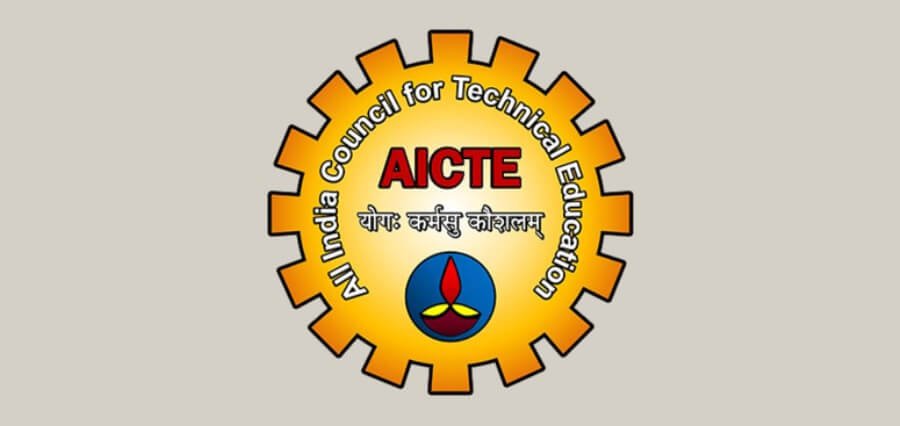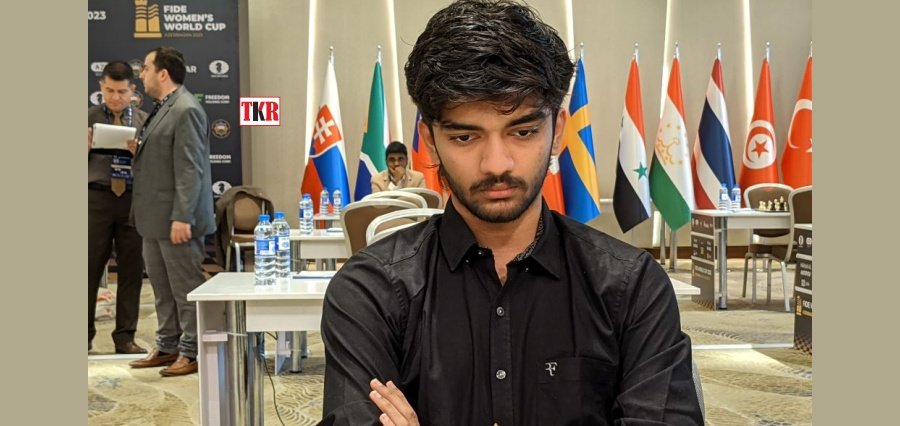India is at the threshold of becoming the world’s most populous nation, and the challenge to provide quality healthcare seems to grow harder by the day, especially at the rural level where the shortage of medical manpower is stark. According to an expose from the government, while India managed to improve doctor-to-patient ratio from 1:779 in 1986 to 1:834 as of last year, which was better than the World Health Organization’s recommended 1:1,000, the disparities in access to availability of specialized care remain massive.
Despite a rise in medical colleges by 82% of the total from 387 in 2014 to 706 in 2023, and an increase of 112% in MBBS seats, graduates from the existing stock still face access to very limited avenues for postgraduate specialization. Trained specialists go critically scarce while adding complication to healthcare delivery. Other complications arise from disproportionate medical college concentrations geographically, as southern states are left mainly populated with them.
Recognizing these challenges, the Government of India has initiated some reform measures to upgrade post-graduate medical education. For this purpose, the body has set up 157 new medical colleges under CSS alone that are already functioning, 109. This measure would also help upgrade district and referral hospitals to add more MBBS and PG seats.
New Super Specialty Blocks under the PMSSY and sanctioning of 22 new AIIMS institutions are two landmark steps toward improvement of tertiary-level healthcare and reducing regional imbalances.
Moreover, new trends in training approaches are increasingly widespread. For example, virtual reality is being adopted as a training tool in the JSS AHER Skill and Simulation Centre. NMC has made it mandatory to include SBE in undergraduate and post-graduate courses for better practical training in a controlled environment.
A new landmark awaits to herald the entry into Competency-Based Medical Education. The CBME structure balances focus on performance and not competency per se, by integrating it with workplace-based assessments to provide for continuous learning and performance in practice.
International association with Max Healthcare and the Joint Royal College of Physicians Training Board provide multiple opportunities to Indian medical graduates. Recognition of the DNB qualifications for faculty appointments has further contributed to the increased availability of experienced teaching staff.
With all these changes in place, India’s postgraduate medical education is set to successfully meet its ever-growing health care requirements for its population. Government support, innovative teaching methods, and international partnerships are working together with glowing futures for India’s healthcare in bridging present day limitations and future potential.
Read More: https://theknowledgereview.in/





